REVIEW – Diving back into the ’90s, this Tomb Raider remaster skillfully brings Lara Croft’s first three quests into the present, allowing both new gamers and old fans to bask in the waves of nostalgia. The Tomb Raider I-III Remastered faithfully revives and enhances the graphics of the PS1 era, offering players the choice between modern and traditional “tank” controls, thus catering to various gaming preferences. This approach seeks a beautiful balance between updated graphics and the original visual style, although the uneven animations occasionally disrupt the experience, and controlling Lara Croft isn’t quite perfect.
The late ’90s marked an exhilarating era in gaming as developers transitioned from 2D to 3D graphics, not without its challenges. This period remains one of the most memorable in gaming history, as developers took risks, and creating a 3D action-adventure game akin to an Indiana Jones movie was deemed bold. The hype around Lara Croft was immense, but the games had to stand the test of time, with the first three installments undeniably peaking on the PlayStation, while later games didn’t shine as brightly. This mirrors the NES era Mega Man games, where players anticipated games that leveraged newer technology sooner than they arrived, and later games didn’t sparkle as much on outdated hardware.
Back in 1996 Again
Let’s face the facts: It’s been a while since Lara Croft brought a classic adventure to the table, excluding the reboot series. This remastered edition not only refreshes the visual and gameplay experience but also retains the old stories while elegantly shedding any unnecessary fluff. Thus, we receive a smoother version enjoyable on modern hardware, encompassing the original games and all subsequently released bonuses.
The original episodes were built on tank controls, interpreting character movement within the virtual world rather than based on their screen position – eliciting mixed feelings from players back in the day. Remember: pushing an analog stick forward propels Lara forward, while left and right turns change direction, introducing a 3D freedom of movement considered revolutionary before Mario 64. I must confess, I was never a fan of tank controls, as few games utilized this method as adeptly as Jumping Flash – a PS1 launch title offering far more precise control in an FPS platformer than many 3D combat games of its time.
This collection retains the tank control scheme, and inserting the first game felt like traveling back in time with a modern controller in hand. One must truly adjust their mindset on approaching platforms and combat sections. This mental recalibration was an intriguing exercise, but the collection became significantly more enjoyable upon switching to modern controls. These new controls fit much more naturally into today’s gaming landscape, though animations and movements still whisper, “Hey, I’m from the ’90s,” adding a certain charm.
Old Favorites in a New Wrap: Rethinking the Tomb Raider Trilogy
The release of the Tomb Raider I-III Remastered elevates the visual presentation but chooses a path distinct from what the Halo Anniversary Collection offered. In that release, we could seamlessly switch between old glory and new graphics while playing a game that felt modern yet deeply rooted in the past. Character movement in all three games remains uniformly cumbersome regardless of the control style chosen – paying homage to the original creations while igniting a desire for a more comprehensive overhaul, as the themes and design inherently carry brilliance.
The gameplay doesn’t exhibit the naturalness we might expect, considering it runs on a modern platform. In this regard, it indeed looks better and runs smoother than the PS1 versions, even with the option to switch to PS1-style graphics at the push of a Start button. However, movement doesn’t feel as intuitive as we’d hope, irrespective of the control scheme. Compared to TR Anniversary, which was released 17 years ago compared to these 25-year-old titles, movement feels smoother across the board.
Balancing Tradition and Innovation
The Tomb Raider I-III Remastered faces unique challenges, with the Aspyr team finding themselves navigating between two extremes: creating a faithful remaster and a version that satisfies both modern demands and nostalgia for the PS1 classics. Relying solely on modern controls comfortable for today’s players might have alienated old fans, given the drastic difference between tank controls and modern ones; they can’t simply be blended – the original gaming experience demands designing the game with tank controls in mind. The natural momentum of jumps and movements with tank controls contrasts starkly with the experience using modern controls, where the physics still cater to the old system.
In a traditional 3D adventure game with modern controls, your momentum would carry you through obstacles. However, in this collection, you often need to halt completely before jumping, or else you’ll just leap upwards with minimal or no forward movement. This can complicate platforming sections, though combat generally fares better since you have more room to maneuver. In close combat, however, the stiffness hinders executing a perfect dodge to evade an attack, followed by an immediate counterattack to take down an enemy, impacting the dynamics of combat.
Creating a New Croft
The graphical overhaul in Tomb Raider I-III Remastered is commendable, maintaining a retro vibe while updating Lara’s proportions to be more realistic, making the transition between classic and modern visual styles less jarring than it could have been without these changes. The PS1-era visual presentation is convincing, with frame rates matching those of the modern graphics, offering a smoother experience than what the original hardware could provide. The animations remain largely the same, so those expecting a dramatic transformation will be disappointed; however, these animations perfectly fit the PS1-style graphics, and overly smooth animations would indeed look odd.
In terms of audio, comparing the games to their original PS1 releases reveals cleaner sound effects and more intelligible voice work. The music remains largely unchanged, but the deliberate preservation of silence to enhance the player’s sense of dread is consistent across both the throwback and modern versions, highlighting that the switch is purely visual as all mechanics remain unchanged. The prominence of silence in action scenes is more noticeable now, as sound design is more sophisticated in the present day than in the ’90s, clearly showing that developers took many cues from thriller movies in addition to adventure films to capture the games’ sound accurately.
Thus, while the Tomb Raider I-III Remastered endeavors to bridge the gap between past and present, occasionally, the bridge between the two eras in terms of technology and nostalgia becomes blurred. Still, once we cross to the other side, we realize the journey was worth it, despite sometimes feeling like Lara Croft is a mummy that hasn’t been fully brought back to life.
-Gergely Herpai (BadSector)-
Pros:
+ Faithful reproduction of PS1-era graphics
+ Selectable modern and tank control modes
+ Harmonious balance between modernized and old graphic styles
Cons:
– Controls don’t feel completely intuitive
– Previous remakes of the game are more controllable
– The stiffness of the animations can be confusing
Publisher: Aspyr
Developer: Aspyr, Crystal Dynamics
Style: action-adventure
Release: February 14, 2024.
Tomb Raider I-III Remastered
Gameplay - 6.8
Graphics - 7.2
Story - 5.8
Music/Audio - 6.4
Ambience - 7.5
6.7
FAIR
The Tomb Raider I-III Remastered is a daring venture that blends the legendary Lara Croft's adventures with today's technology, enriching the original episodes with every piece of additional content. The game successfully evokes the ambiance of the classics, though the 3D mechanics and controls from the '90s might now test the patience of gamers. Despite new graphics and control options, the real magic of the collection lies in the nostalgia and iconic status it maintains, even if some aspects of the gameplay may seem somewhat outdated by today's standards.

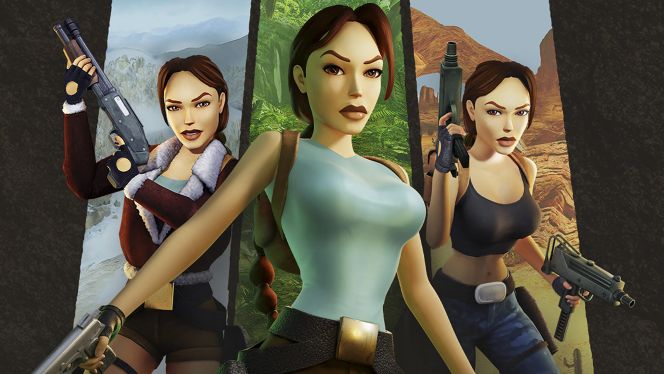
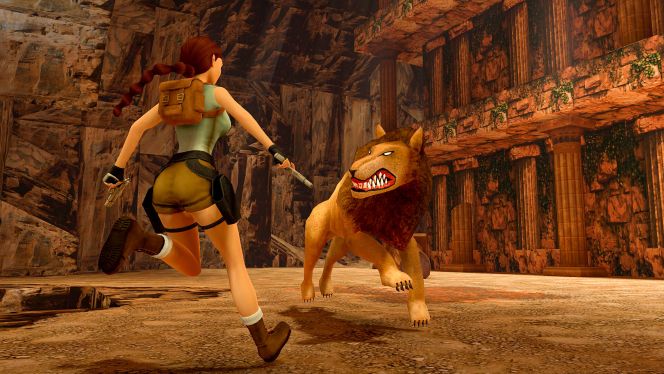
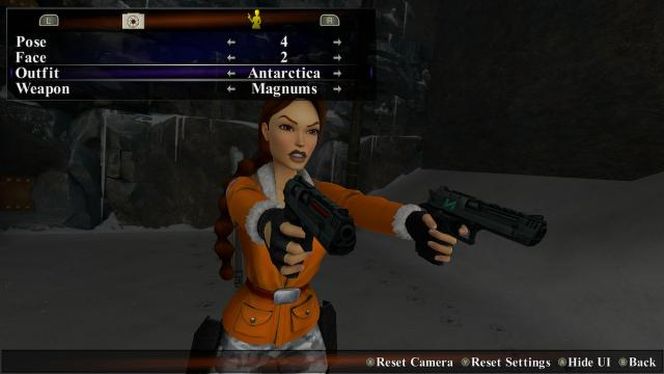
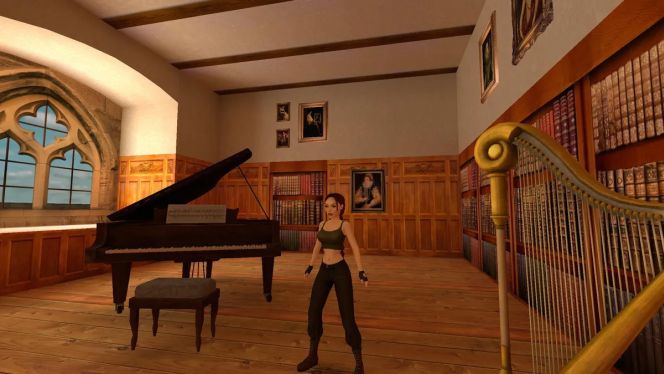





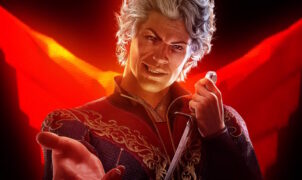








Leave a Reply